On National Security | What Space Force looks to learn from venture investors
Tuesday, 16 November 2021 14:00
The Space Force is one among many customers of commercial space companies, and is trying to figure out how to engage with nontraditional players such as venture-funded startups.
Stress-testing a space-based blockchain
Tuesday, 16 November 2021 14:00
SpaceNews interviewed Hasshi Sudler, Villanova adjunct professor and CEO of the Internet Think Tank, to learn more about future blockchain constellations.
Startups developing space traffic monitoring system to help manage growing debris problem
Tuesday, 16 November 2021 13:45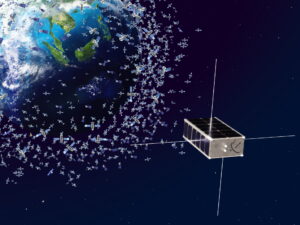
Startup SCOUT Space announced Nov. 16 it has won a U.S. Air Force contract to integrate data from satellites and ground sensors that monitor objects in orbit.
Startup raises $10 million to develop ‘return vehicle’ for space cargo
Tuesday, 16 November 2021 13:30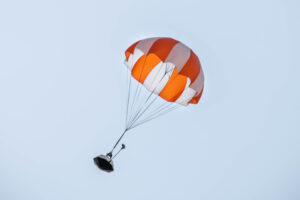
Inversion, a space startup based in Los Angeles, announced Nov. 16 it has raised $10 million in seed funding to develop a reentry capsule to bring cargo from space back to Earth.
Webb’s Ariane 5 gains upper stage
Tuesday, 16 November 2021 13:00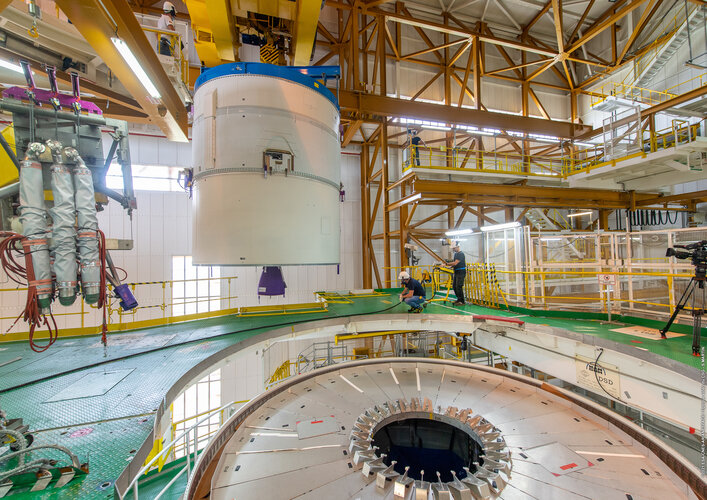 Image:
Webb’s Ariane 5 upper stage was raised vertical in the launch vehicle integration building at Europe’s Spaceport in French Guiana
Image:
Webb’s Ariane 5 upper stage was raised vertical in the launch vehicle integration building at Europe’s Spaceport in French Guiana Russian military admits 'destroyed' satellite during test
Tuesday, 16 November 2021 11:29 Russia's defence ministry on Tuesday admitted to destroying one of its satellites during a missile test, confirming accusations levied earlier by the United States.
"The Russian defence ministry successfully conducted a test, as a result of which the Russian spacecraft 'Tselina-D', which had been in orbit since 1982, was destroyed," the military said in a statement.
US officials on Monda
Russia's defence ministry on Tuesday admitted to destroying one of its satellites during a missile test, confirming accusations levied earlier by the United States.
"The Russian defence ministry successfully conducted a test, as a result of which the Russian spacecraft 'Tselina-D', which had been in orbit since 1982, was destroyed," the military said in a statement.
US officials on Monda Russia seeks to reassure ISS astronauts after missile claims
Tuesday, 16 November 2021 11:29 Russia's space agency said on Tuesday its "main priority" was the safety of the International Space Station's crew, after the US accused Moscow of putting the astronauts under threat with a missile strike.
US officials on Monday denounced Russia for conducting a "dangerous and irresponsible" missile test that blew up one of its own satellites, creating a debris cloud that forced the ISS cr
Russia's space agency said on Tuesday its "main priority" was the safety of the International Space Station's crew, after the US accused Moscow of putting the astronauts under threat with a missile strike.
US officials on Monday denounced Russia for conducting a "dangerous and irresponsible" missile test that blew up one of its own satellites, creating a debris cloud that forced the ISS cr Northrop Grumman completes Hypersonic and Ballistic Tracking Space Sensor CDR
Tuesday, 16 November 2021 11:29Rocket Lab to acquire Planetary Systems Corp.
Tuesday, 16 November 2021 11:27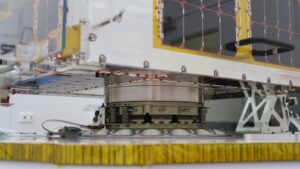
Rocket Lab announced Nov. 15 that it is acquiring Planetary Systems Corporation (PSC), a manufacturer of satellite separation systems, in the second such deal by Rocket Lab in as many months.
NASA inspector general warns of further delays in returning humans to the moon
Tuesday, 16 November 2021 10:31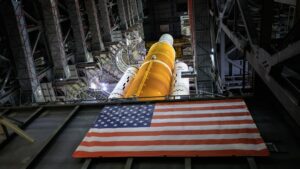
NASA’s plans to return humans to the moon, which it already pushed back to at least 2025, could be further delayed, the agency’s inspector general warned Nov. 15.
Latest Vega launch paves way for Vega-C
Tuesday, 16 November 2021 09:27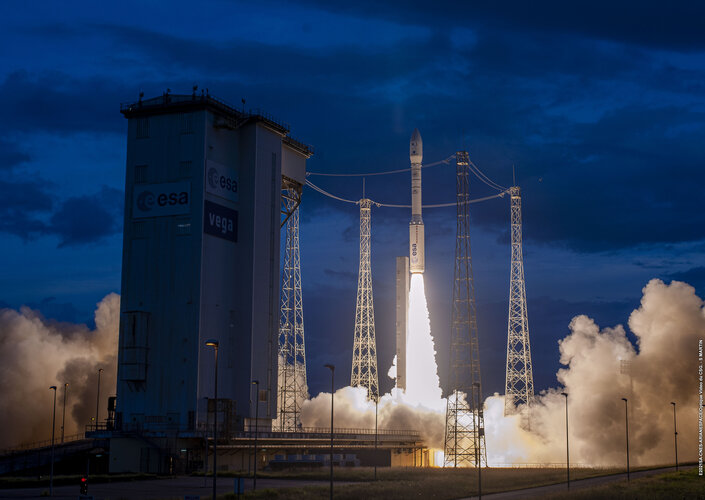
Arianespace announced liftoff of Vega’s twentieth flight from Europe’s Spaceport in French Guiana at 9:27 GMT (10:27 CET; 06:27 local time). Vega delivered three CERES payloads for the French Ministry of the Armed Forces.
No US return to the Moon before 2026: audit
Tuesday, 16 November 2021 08:06
The return of humans to the Moon, already postponed last week by NASA from 2024 to 2025, will actually take place in 2026 "at the earliest", according to a government audit published on Monday.
The Artemis program to return Americans to the Moon is encountering "technical difficulties and delays heightened by the Covid-19 pandemic and weather events," NASA's auditing body, the Office of Inspector General, said in a report.
"NASA's goal to land astronauts on the Moon's South Pole in late 2024 faces multiple significant challenges including major technical risks, an unrealistic development schedule, and lower-than requested funding levels," the report said.
First, the new space suits needed for the mission will not be ready "until May 2025 at the earliest," it said, noting "technical challenges and lack of funding.
Russia admits destroying satellite with space missile strike
Tuesday, 16 November 2021 08:00
Russia's space agency said on Tuesday its "main priority" was the safety of the International Space Station's crew, after the US accused Moscow of putting the astronauts under threat with a missile strike.
US officials on Monday denounced Russia for conducting a "dangerous and irresponsible" missile test that blew up one of its own satellites, creating a debris cloud that forced the ISS crew to take evasive action.
The move reignited concerns about a growing arms race in space, encompassing everything from laser weapons to satellites capable of shunting others out of orbit.
In its first comments following the US accusations, Russia's Roscosmos space agency did not deny there had been a missile strike.
Rocket Lab to acquire space hardware company Planetary Systems Corporation
Tuesday, 16 November 2021 06:15 Rocket Lab USA, a global leader in launch services and space systems, reports it has signed a definitive agreement to acquire Planetary Systems Corporation (PSC), a Maryland-based spacecraft separation systems company, for $42 million in cash and 1,720,841 shares of the Company's common stock, plus the potential for an additional 956,023 shares of common stock for a performance earnout based on
Rocket Lab USA, a global leader in launch services and space systems, reports it has signed a definitive agreement to acquire Planetary Systems Corporation (PSC), a Maryland-based spacecraft separation systems company, for $42 million in cash and 1,720,841 shares of the Company's common stock, plus the potential for an additional 956,023 shares of common stock for a performance earnout based on NASA receives 11th consecutive clean financial audit opinion
Tuesday, 16 November 2021 06:15 For the 11th straight year, NASA has received an unmodified, or "clean," opinion from an external auditor on its fiscal year 2021 financial statements.
The rating is the best possible audit opinion, certifying that NASA's financial statements conform with accepted accounting principles for federal agencies and accurately present the agency's financial position.
"NASA is committed to
For the 11th straight year, NASA has received an unmodified, or "clean," opinion from an external auditor on its fiscal year 2021 financial statements.
The rating is the best possible audit opinion, certifying that NASA's financial statements conform with accepted accounting principles for federal agencies and accurately present the agency's financial position.
"NASA is committed to 
